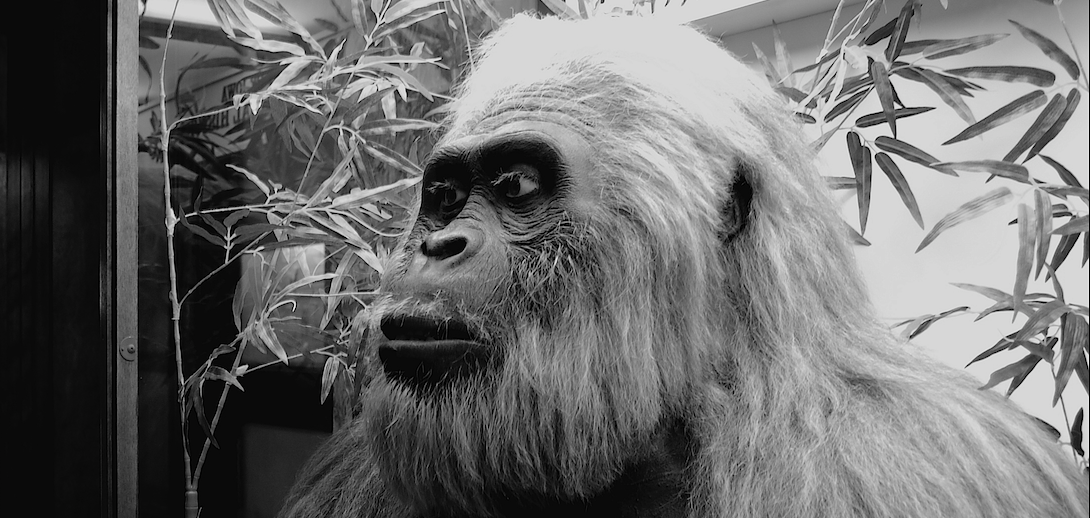New Scientist
Image: Craig Newsom
Hong Kong, 1935: a young palaeontologist picks his way through the back streets, ducking in and out of apothecary’s shops. He’s looking for dragon teeth, the name the Chinese give to old animal teeth used in traditional medicines. In a dusty drawer of trinkets, his eyes fall on a large molar unlike that of any living animal, and he instantly knows his search is over. The tooth belongs not to a dragon but an ape, and if its teeth are anything to go by, it was huge.
So begins the story of the discovery of a truly fantastic beast, the greatest of all great apes. According to some estimates, it stood 3.5 metres tall, weighed over 500 kilograms, and stalked the nightmares of the earliest humans to reach China. Its name? Gigantopithecus.
Eighty years after Ralph von Koenigswald stood dumbstruck in a Hong Kong drugstore, fossils of the giant ape remain sparse. A jawbone fragment described earlier this year is just the fourth ever found. The four pieces and several thousand teeth are our only evidence it even existed. But from these scraps, we are slowly piecing together an image of this real-life King Kong (…or – as portrayed in this year’s remake of The Jungle Book – King Louie), how it lived and why it eventually vanished from the face of the planet. Read more on newscientist.com…








